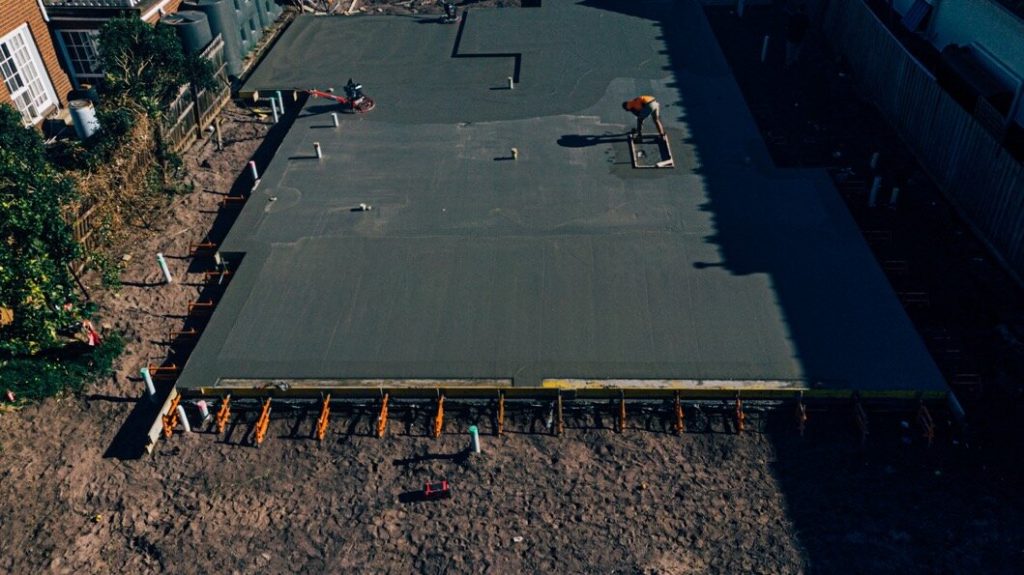Ago . 06, 2024 13:23 Back to list
Efficient Vertical Formwork Solutions for Wall Construction in Manufacturing Settings
Vertical Formwork for Wall Construction An Innovative Approach
In the world of construction, efficiency and precision are paramount, especially when it comes to building walls. Vertical formwork has emerged as a revolutionary technique that streamlines the casting process, enhances structural integrity, and significantly reduces labor costs. This article delves into the advantages of vertical formwork for wall construction and explores how it is reshaping modern building practices.
What is Vertical Formwork?
Vertical formwork refers to a system used in constructing vertical structures, primarily walls, by creating molds that hold the concrete in place while it cures. These forms can be made from various materials, including steel, aluminum, and plastic, and are designed to allow for quick assembly and disassembly. Unlike traditional formwork systems, vertical formwork is engineered to cater specifically to vertical applications, making it a preferred choice for builders aiming to improve their workflow.
Advantages of Vertical Formwork
1. Speed of Construction One of the most significant benefits of vertical formwork is the acceleration it brings to the construction process. The system is designed for rapid assembly, allowing workers to set up forms much faster than conventional methods. This speed translates to shorter project timelines, enabling contractors to meet tight deadlines without compromising on quality.
vertical formwork for wall factory

2. Quality and Consistency Vertical formwork systems are manufactured with precision, which ensures that the concrete walls produced are uniform in size and finish. This consistency is crucial in modern constructions where aesthetic appeal and functional performance are both critical. Using high-quality materials and advanced designs helps minimize defects, resulting in smoother and more durable walls.
3. Cost-Effectiveness Although the initial investment in vertical formwork may be higher than traditional systems, the long-term savings are substantial. The reduction in labor hours, minimized material waste, and faster project completion lead to significant cost savings. Moreover, the durability of these forms means they can be reused multiple times, further enhancing their cost-effectiveness.
4. Improved Safety Safety is always a top concern on construction sites. Vertical formwork reduces the risks associated with heavy lifting and complicated assembly processes. With a more straightforward setup, workers can focus on their tasks without the added stress of managing cumbersome materials. Additionally, the increased efficiency of the system allows for quicker project progression, which means less time spent on-site overall.
5. Customizability The versatility of vertical formwork systems allows builders to customize their forms to meet specific project requirements. Whether constructing residential buildings, commercial complexes, or infrastructure projects, vertical formwork can adapt to various designs, ensuring each project meets architectural specifications.
Conclusion
Vertical formwork for wall construction is revolutionizing the industry by offering enhanced efficiency, cost savings, and superior quality. As construction practices continue to evolve, the adoption of advanced techniques such as vertical formwork signifies a commitment to innovation and excellence. For builders and developers looking to stay ahead in a competitive market, embracing vertical formwork can be a game-changing decision that not only improves productivity but also elevates the quality of the finished product. The future of construction is undoubtedly leaning toward more efficient and reliable methods, and vertical formwork stands at the forefront of this transformation.
-
Ringlock Scaffolding: Strong, Safe & Efficient Solutions
NewsAug.27,2025
-
OEM Column Formwork: Circular, Curved & Inclined Solutions
NewsAug.26,2025
-
Premium Scaffolding Jacks: Stable, Adjustable & Durable
NewsAug.25,2025
-
OEM Wall Formwork & Shuttering: Flexible & Curved Solutions
NewsAug.24,2025
-
Adjustable Heavy Duty Props for Slab Formwork | Strong & Reliable Support
NewsAug.23,2025
-
Adjustable Heavy Duty Props for Slab Formwork - Strong & Safe Support
NewsAug.22,2025